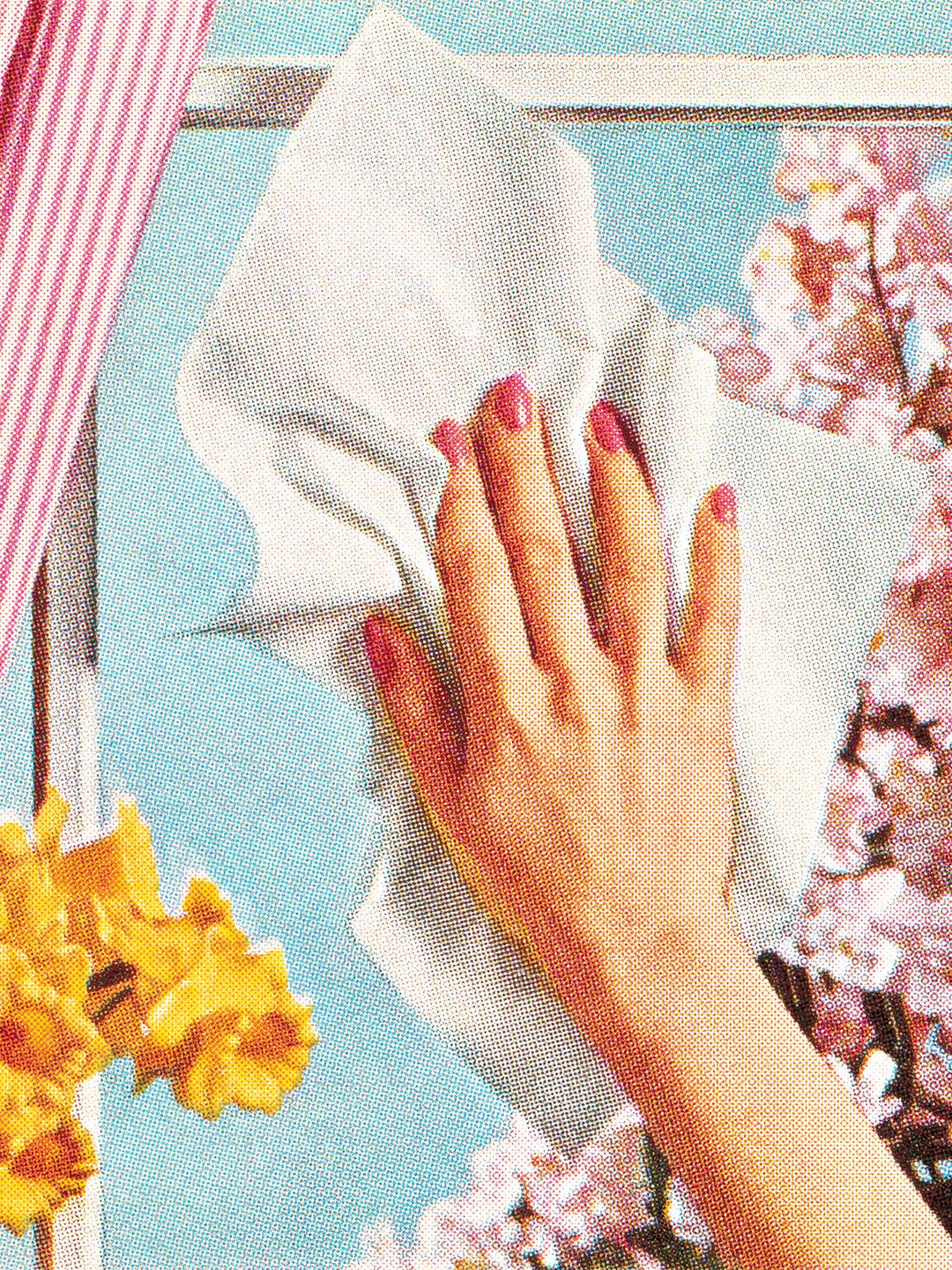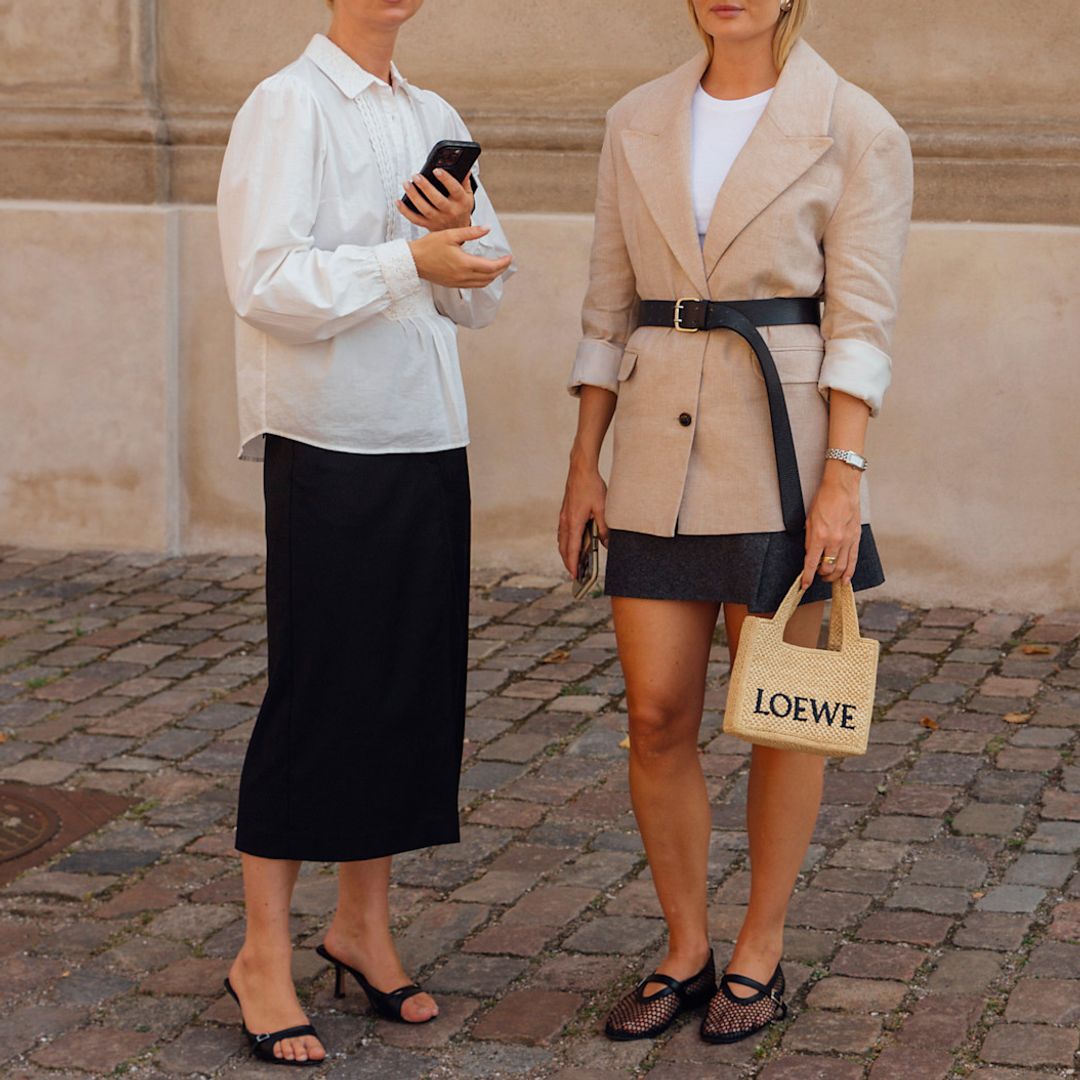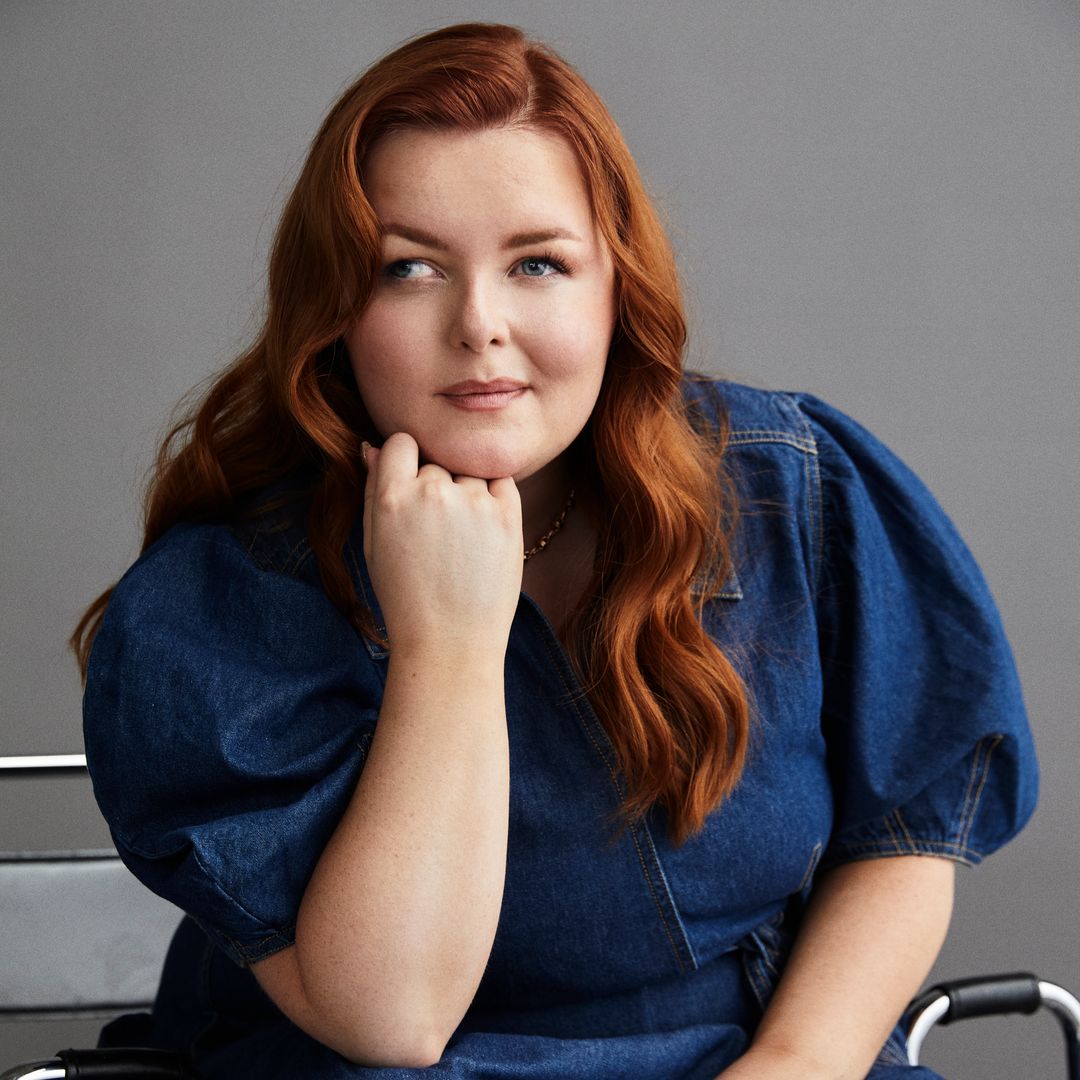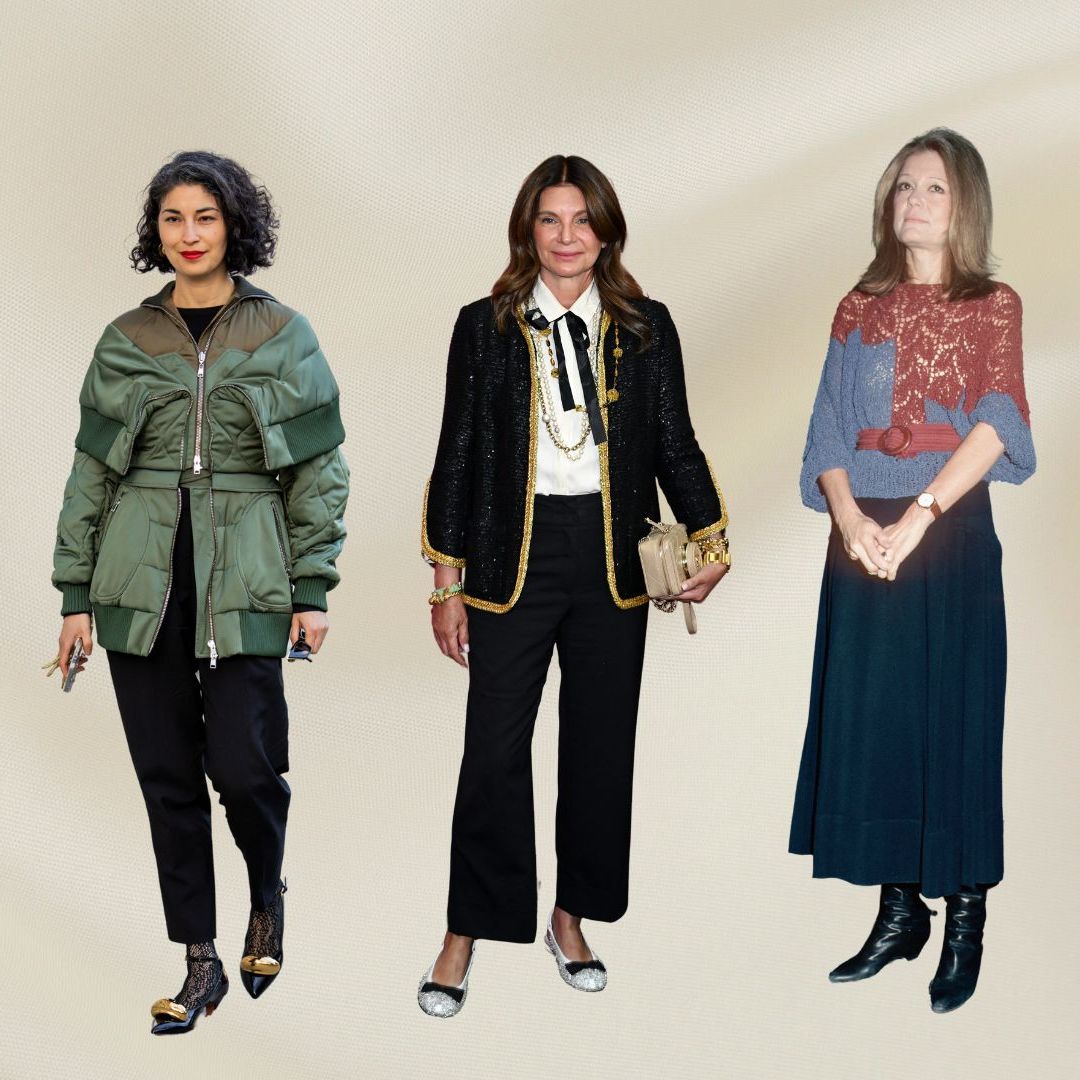Nara Smith is in an immaculate kitchen cooking chicken wings in a matching Prada cropped cardigan and miniskirt. Her bobbed hair is worn half up and half down and her make-up is pristine. Her husband, the model Lucky Blue Smith, joins her and puts his arms round her waist and kisses her on the cheek.
She continues cooking while smiling beatifically. This could be a clip from the period hit TV show Mad Men, but of course it isn’t - it is one of Smith’s latest TikTok videos, a leading influencer of the tradwife movement.
Although the 22-year-old mother of three has avoided using that label herself, she is one of many social media stars who eschew careers in favour of calmly serving their husbands and children. They are anti-girl boss and frazzled mother; they seemingly reject money and influence, instead finding fulfilment in quiet domesticity. Smith’s fanbase is huge, with a combined TikTok and Instagram following of over 13 million.
On the same corner of the tradwife internet, Hannah Neeleman - better known as Ballerina Farm - is busy foraging on the expansive family farm in rural Utah. Mother to eight children, she achieved mainstream online fame for having competed in the Mrs World beauty pageant, toned, hairless and glistening in a bikini, just 12 weeks after having given birth to her youngest daughter.
She told The Times in a recent interview that she was "lucky" to have stopped bleeding beforehand. A former Juilliard-trained ballerina, Neeleman extolls the benefits of natural remedies over traditional medicine, spends her time milking cows and making butter, and is a devout Mormon-Christian. She has nearly 20 million social media followers. These predominantly white, US-based women celebrate and promote traditional gender norms - homecooking every meal, completing the most mundane of household tasks with seeming joy, and are always, always impossibly turned-out. It’s a concentrated, highly stylised internet version of Little House on the Prairie.
"Today, it is not feasible for most women to choose to abandon their jobs."
The tradwife trend has been around for a few years, after initially flowering during the lockdown Covid years, but has recently reached its zenith and the internet has a lot to say on the subject. Is this reinforcement of traditional gender roles a danger to women or is it all a needless moral panic? There is of course a sinister side to the tradwife phenomena. At best, it’s hypocritical and unrealistic.
The tradwives of TikTok claim to live traditional lives rooted in homemaking, while running incredibly successful, public-facing businesses as content creators. For all their talk of rustic, simple living, many of these women are cash and time rich. Neeleman’s patter about honest toil on the land is somewhat at odds with her husband’s father owning an airline. Her much-discussed green AGA is said to cost around $30,000. Nara Smith’s designer wardrobe includes Chanel, Yves Saint Laurent and Miu Miu. Homesteading might have been born as a way of saving money, of making do and mending, but its modern, faux-hippie ideal requires serious money and time.
The more serious dangers are its links with the right-wing. As US abortion rights are rolled back following Roe vs Wade, and Donald Trump’s running mate, JD Vance, extolls the values of the most traditional of tradwives, there are worries that the movement could pose a serious threat to gender equality and feminism.
"The tradwives offer a hazy, appealing solution - a slower, soothing way of living where bread is being baked and children play peacefully outside."
The tradwife existence is - like most social media content - an illusion and artifice. The likes of Neeleman and Smith might promote 1950s-style housewife living, but no one really wants to go back to a world where marital rape was legal or domestic violence was not taken seriously. They are creating an aesthetic from a period when they would have had no choice; the difference today is that they are making a decision for themselves about how they live. What these women are romanticising is a time where it was economically possible for women to stay at home rather than work outside of it.
Today, it is not feasible for most women to choose to abandon their jobs. In America, almost 80% of women between the ages of 25 and 54 work outside the domestic sphere, while in the UK, meagre maternity pay means women don’t have the option to stay at home with their children whether they want to or not. According to Pregnant Then Screwed's 2023 statistics, one in 10 mothers are forced to go back to work within four months of having a child due to being unable to afford to stop working for longer.
What’s interesting about tradwives is why they’ve become so popular. The girl boss era of the past 15 years hasn’t delivered all that was promised for many working mothers. What ‘having it all’ became was ’being it all’; we are now expected to run our career at full-steam, while also juggling family life. Punitive childcare costs mean many families are barely breaking even; 76% of mothers who pay for childcare say that it doesn’t make financial sense for them to go to work, and 26.15% of UK parents say that the cost of childcare is more than 75% of their take-home pay.
Unless you have limitless money, the mental load of many working parents is gruelling. The tradwives offer a hazy, appealing solution - a slower, soothing way of living where bread is being baked and children play peacefully outside. A form of escapism, it’s the perfect counterpoint to the way in which society is currently failing young families. It’s not hard to see why some women long for this idealised version of wholesome, gentle domesticity.
Social media has always been about romanticising our lives. It hinges on how something looks, rather than how it really is. The most successful tradwives are doing exactly this - taking visual cues and spinning a hollow story. Nara Smith, Ballerina Farm et al give us a soothing, aesthetically gifted fantasy that is empowering for them because they’re making money out of it. It’s as empowering to us as any other fluffy Instagram post or TikTok reel. Don’t believe the hype or take it too seriously and we’ll all be just fine.










